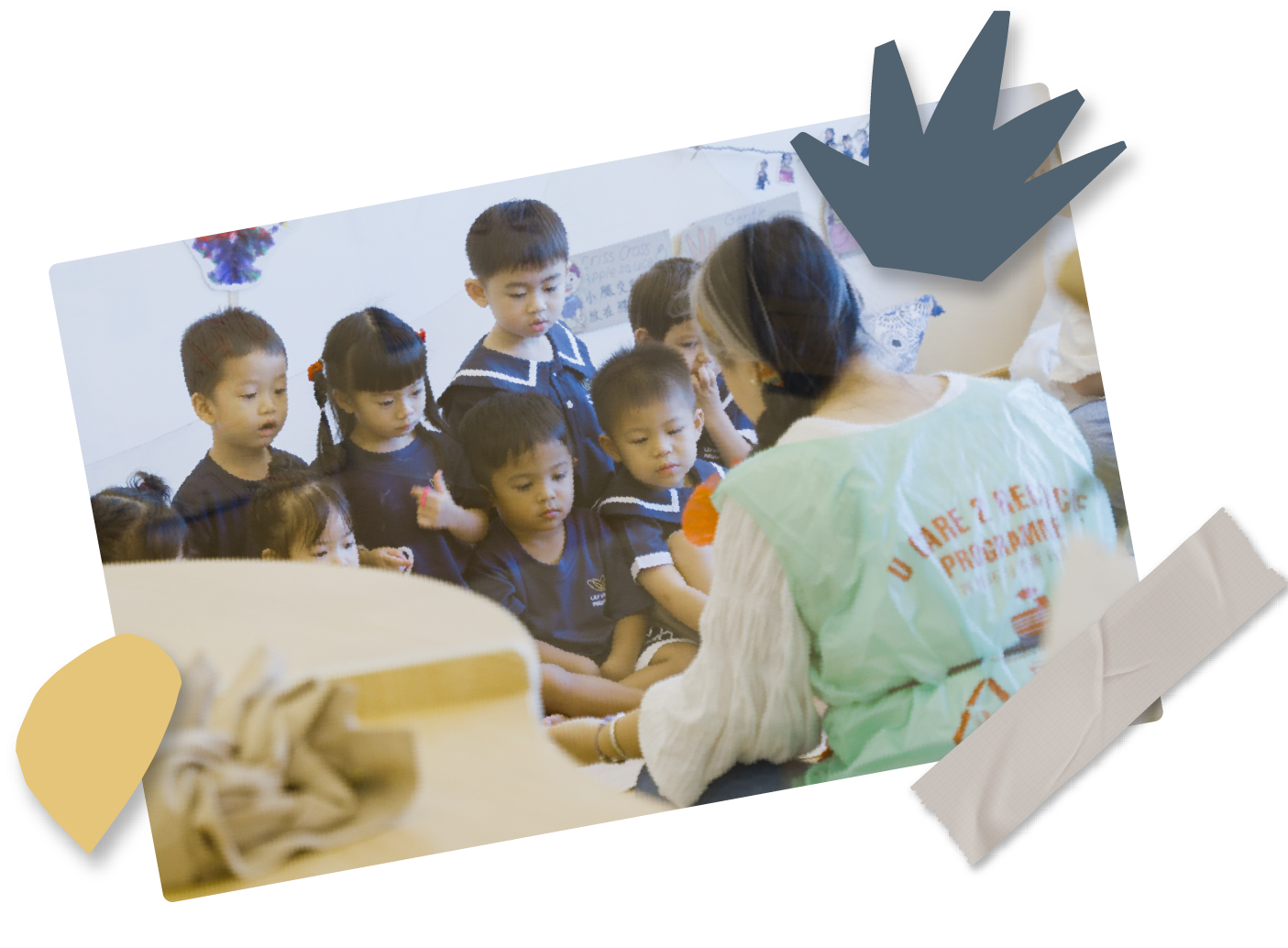
7 things your child can learn in a Reggio Emilia-inspired classroom
Play-Based Approach
Last updated on 15 Aug 2025

Play-Based Approach
Last updated on 15 Aug 2025
7 things your child can learn in a Reggio Emilia-inspired classroom
Play-Based Approach
Last updated on 15 Aug 2025
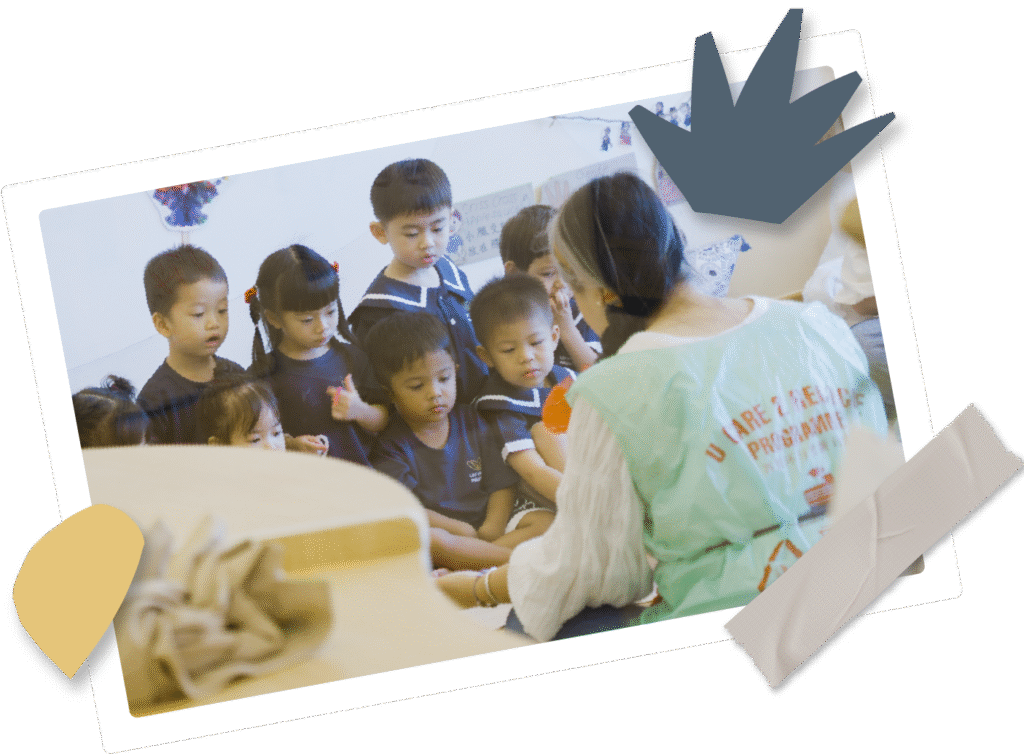
Choosing the right preschool in Singapore can seem intimidating at first. Fortunately, having an idea of what you want can help narrow down your choices.
For instance, if you want your child to learn through a play-based approach, there are specific pedagogical philosophies perfect for that, like Reggio Emilia.
Reggio Emilia is an approach where the child is central. The child’s interests and inquiries lead the learning process, which is one rooted in respect and collaboration.
Reggio Emilia-inspired classrooms differ from traditional ones in various ways.
Traditional classrooms use a top-down model where teachers lead instruction and use standardised lessons. Reggio Emilia-inspired classrooms place the child at the centre of their own unique learning experience instead.
In Reggio Emilia, children are invited to pursue topics of personal interest via project-based exploration. The physical environment supports this as the “third teacher” in the child’s education.
How? By offering a curated, enabling, and supportive space and tools where children are not only inspired to make inquiries but also empowered to make them. In these classrooms, children can learn the following things:
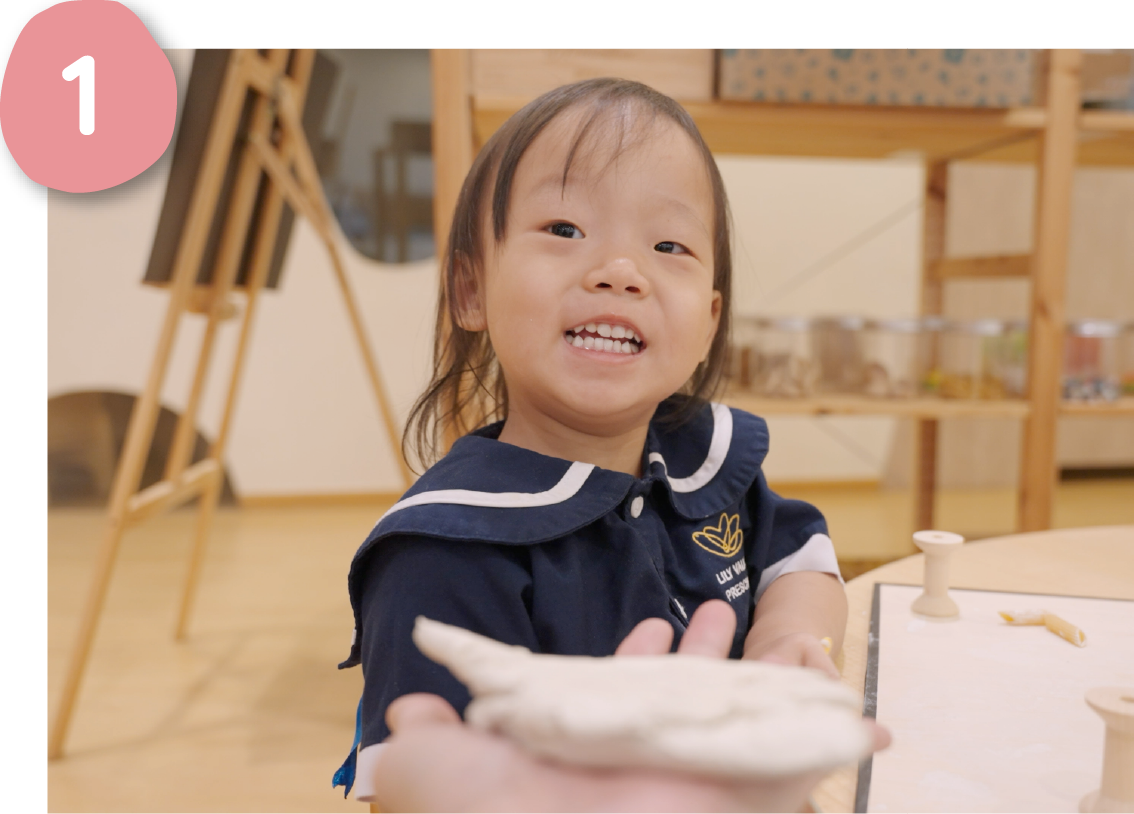
Children in Reggio-inspired settings are encouraged to use their multiple languages to learn and explore the world. They can paint, sculpt, participate in drama, or create music, for example. All of these are languages of learning.
A child might use art materials in these classrooms to build replicas of his home, for instance. Or another might construct a play out of a recently viewed interaction, complete with props from the classroom.
All of these are open-ended explorations that support original thought and comprehension.
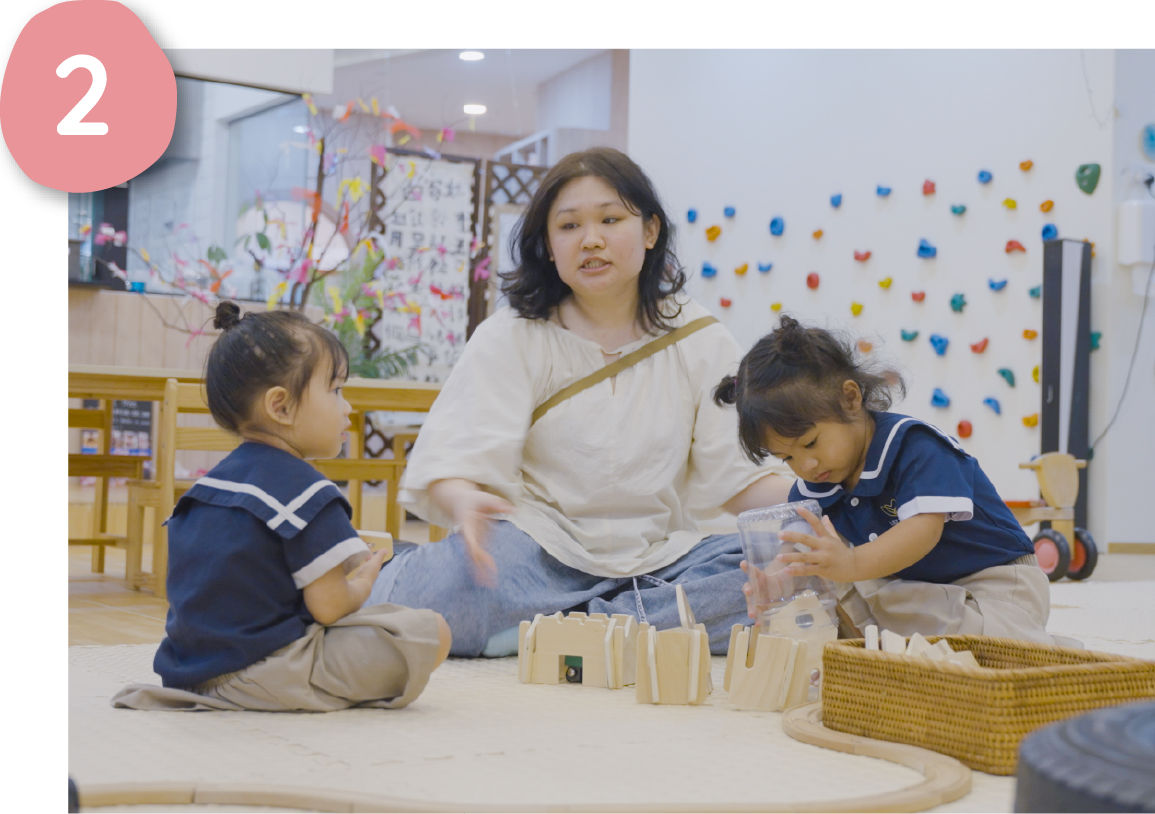
These classrooms are inherently collaborative. Children work together on long-term projects that can even take weeks of shared endeavour.
Think of projects like shared gardens or artwork. Children can create these, sharing ideas with each other and negotiating their parts in the plan.
And this only supports the growth of teamwork and collaborative skills in the child. Key interpersonal skills are developed, from turn-taking to conflict resolution.
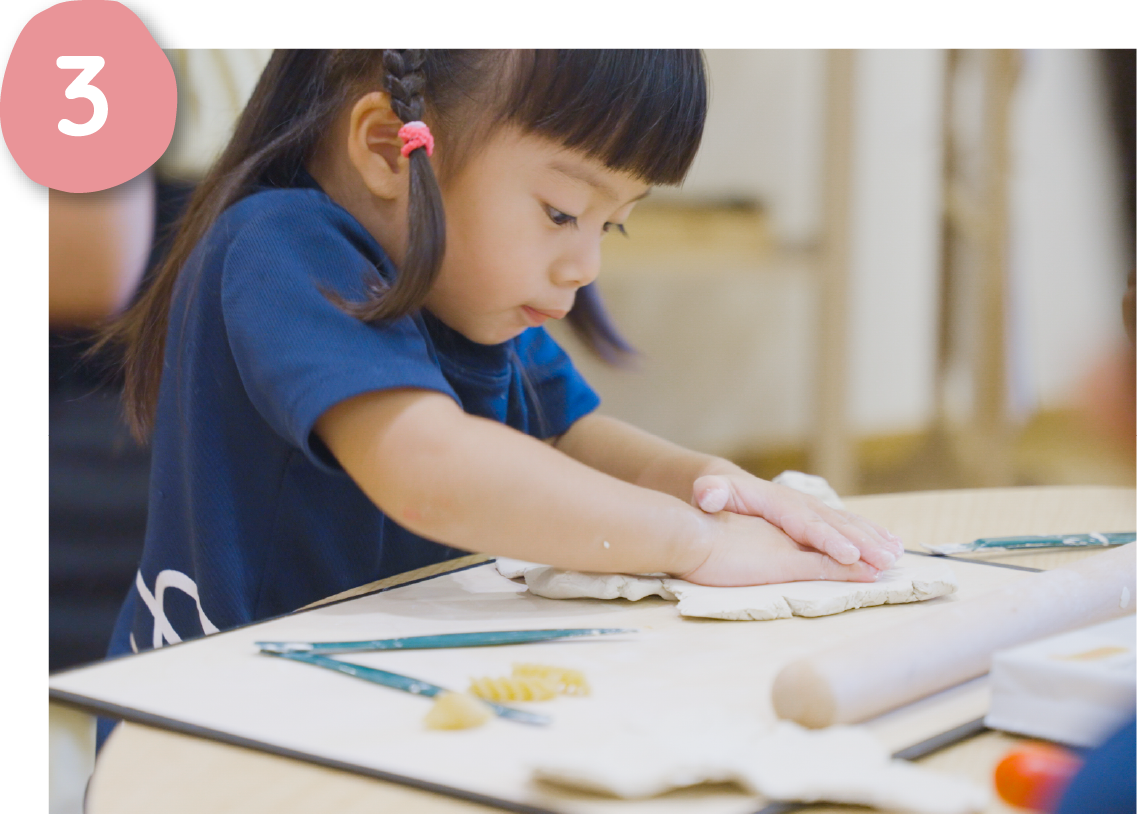
Because Reggio Emilia-inspired classrooms focus on nurturing children’s sense of empowerment, children can make various decisions throughout the day here. They choose materials, select projects, or even think up themes.
For example, one child might decide to create a model of a bridge with blocks. Another might choose other materials entirely.
Giving each child a choice builds their confidence naturally as they see choices leading to outcomes that they can own or take pride in.
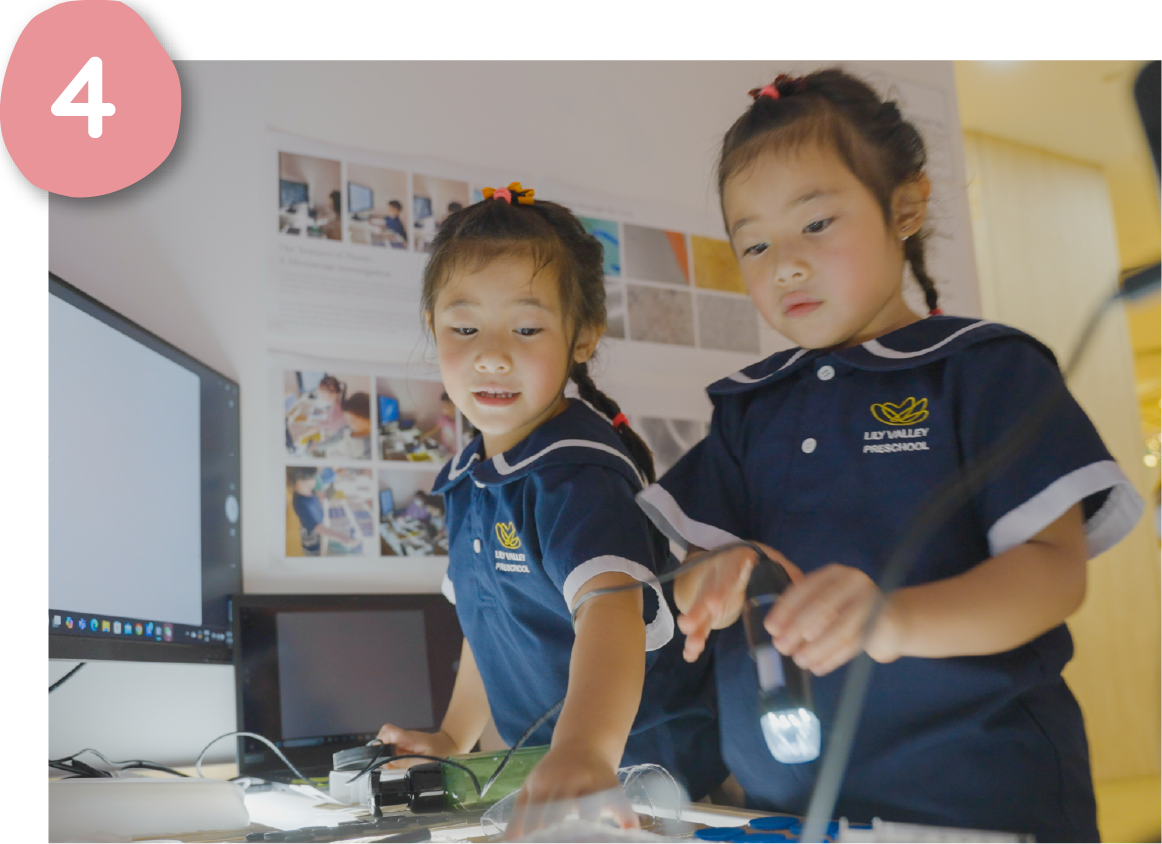
Educators in Reggio Emilia classrooms typically don’t offer fixed answers. They pose open-ended questions instead that encourage children’s exploration and open-ended play.
In this way, little ones are encouraged to turn their wondering into investigation. Critical thinking is a natural consequence of that, e.g. when a model collapses, a child might be advised to think about what could make it more stable.
This is the beginning of scientific and rational thought, as well as perseverance in a young mind.
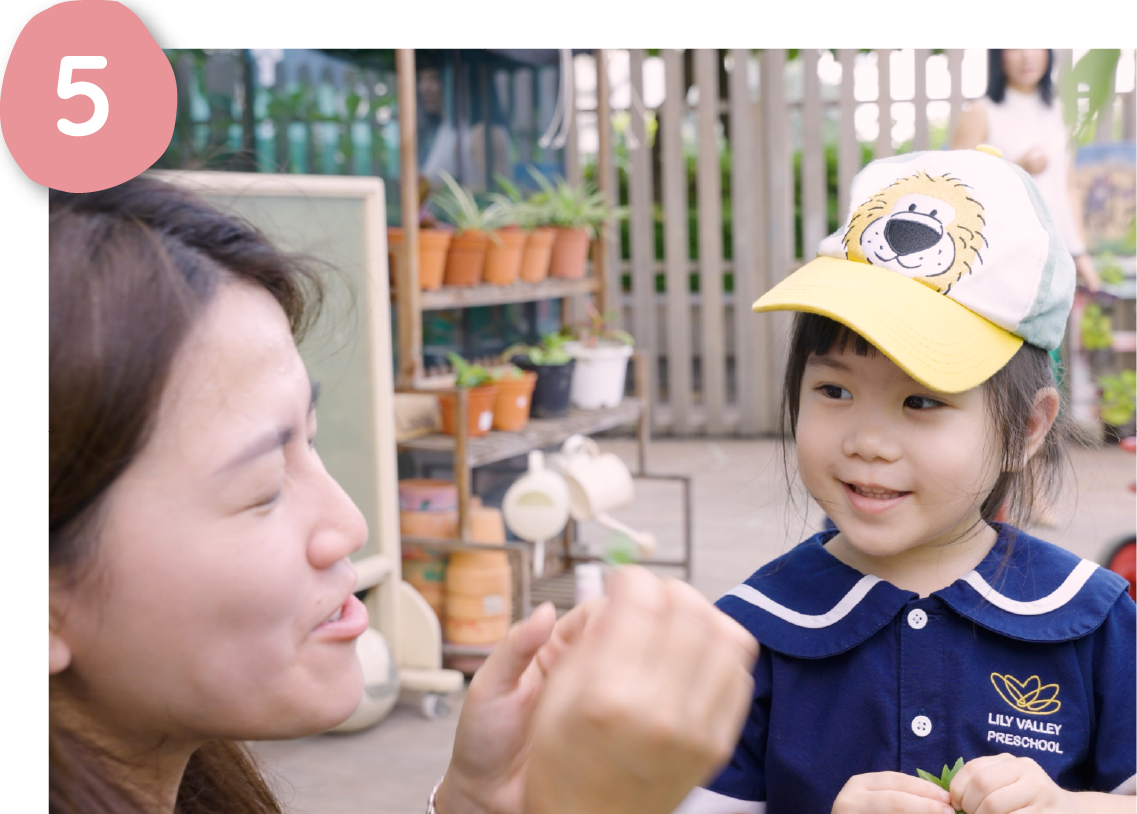
Communication skills are critical to Reggio Emilia learning. Children learn to express their ideas to others here in various languages, from conversation to roleplay.
The value educators in this approach place on children’s discoveries only encourages this self-expression further. It builds verbal confidence for the little ones.
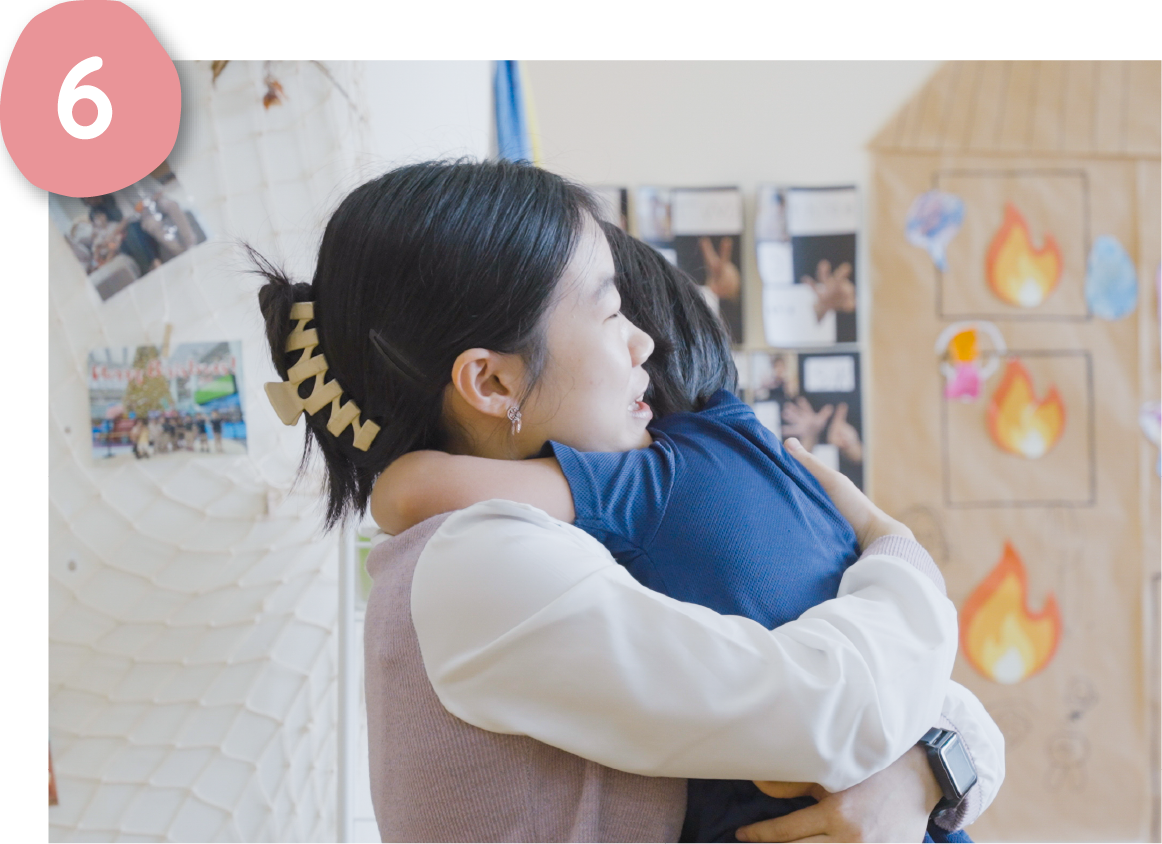
The Reggio Emilia classroom environment is designed to foster emotional growth in many ways. Here you can see respectful interactions, expressive activities, clear models of empathy, and more.
Various skills like emotional regulation and cooperation are also honed during collaborative activities in these spaces. These skills help the child later in further social settings.
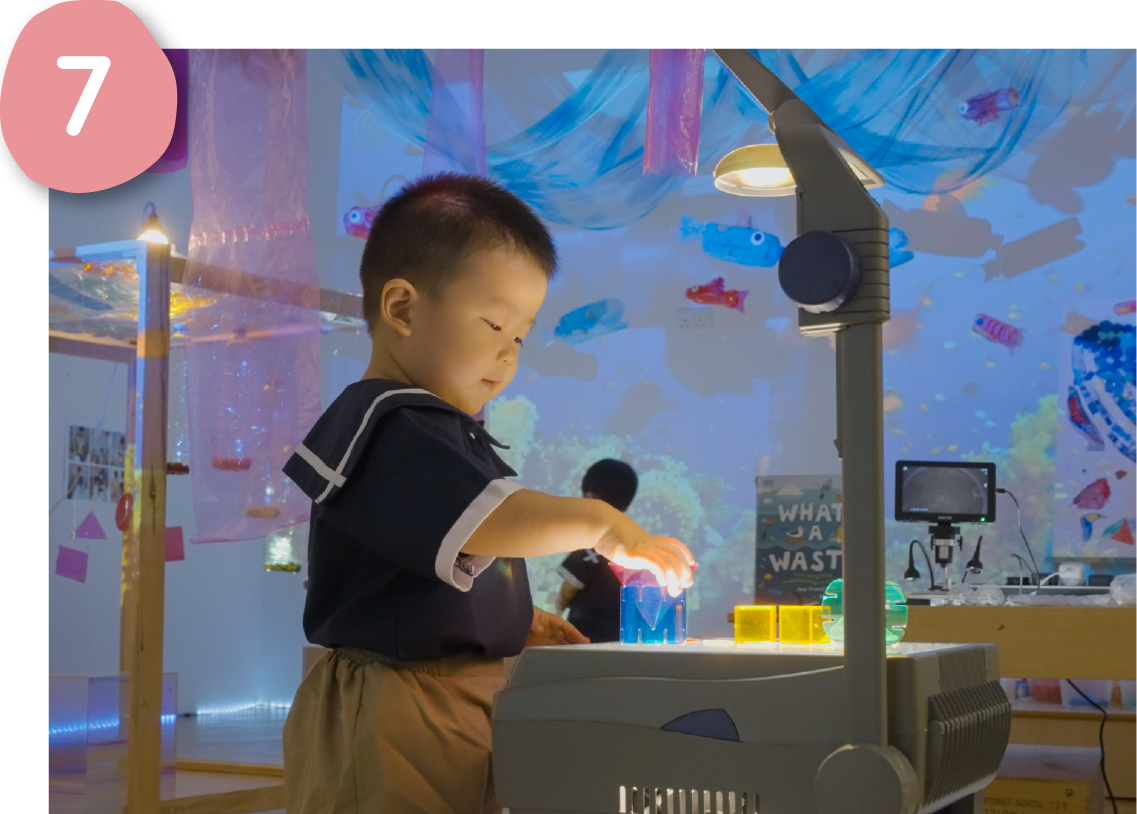
At the heart of this approach is a simple belief: children are naturally curious and capable. When learning is guided by their own interests, children are more likely to engage with it too.
That harnesses the power of curiosity and enjoyment to support cognitive development. It also pairs the idea of learning forever with things that children like or love.
This turns it from a chore into something they can always value and take pleasure from.
Reggio Emilia-inspired classrooms offer early education in one of the most appealing forms it can take for little ones: play-based, inquiry-led, holistic learning.
Children can build their confidence, indulge their creativity, hone their social skills, and sharpen their intellect via activities they love, all thanks to interest-driven learning.
If you want an educational environment such as this for your child, you should consider seeking a preschool inspired by this specific approach. It can give your little one a space where play is meaningful and learning is actually fun.
This may explain why Reggio Emilia is gradually becoming one of the most favoured approaches among Singapore’s preschool options. If you want to learn more, consider talking to us at Lily Valley Preschool. We ourselves are Reggio Emilia-inspired and can show you how it plays out in our ateliers and other learning spaces.